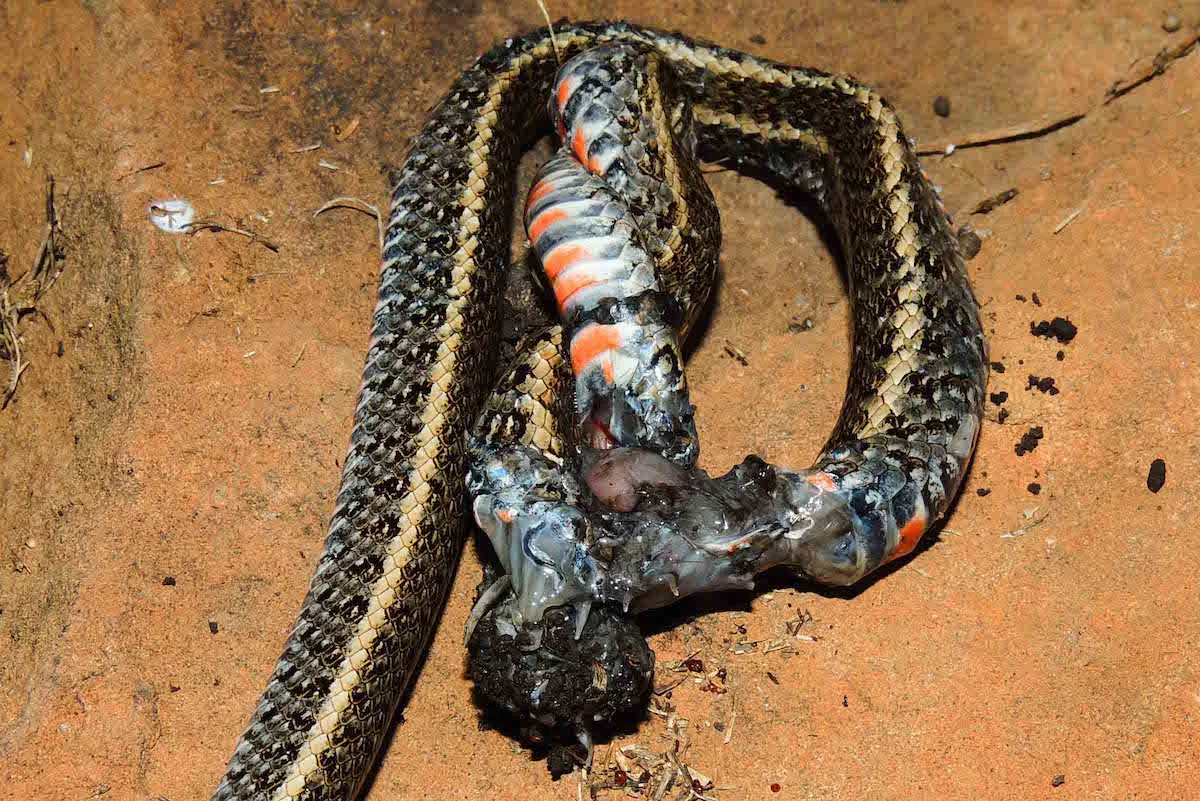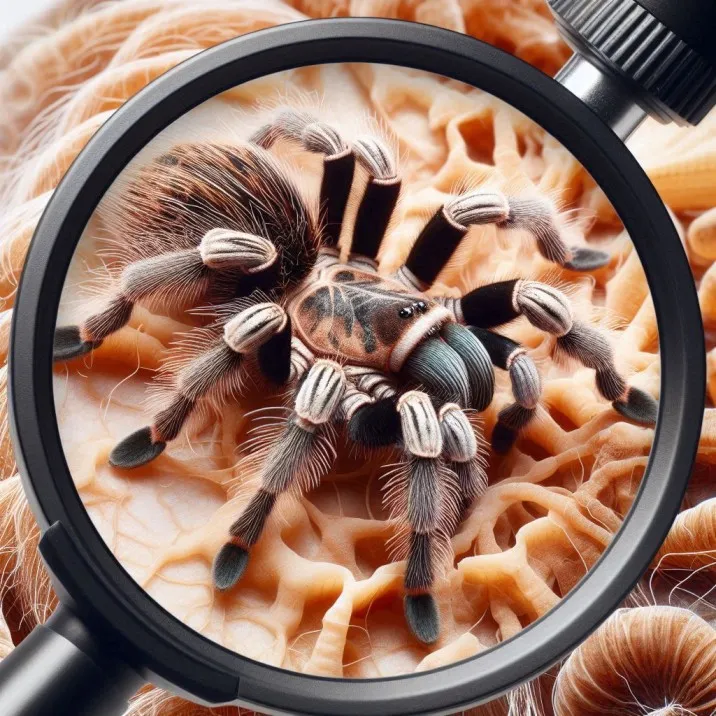The Snake vs Tarantula Showdown
The natural world is filled with incredible battles, and few are as captivating as the potential showdown between a snake and a tarantula. These creatures, representing two distinct animal classes – reptiles and arachnids – often find themselves in environments where they might encounter each other. This article will delve into the dynamics of a snake versus tarantula confrontation, exploring the key factors that influence their interactions, from their physical attributes and hunting strategies to their habitats and survival mechanisms. The outcome of such an encounter is not always predictable, and understanding the strengths and weaknesses of each animal provides a fascinating glimpse into the harsh realities of the wild. These battles can be life-or-death struggles, playing out according to environmental factors such as prey availability.
Size and Strength Comparison
When it comes to size and strength, the playing field varies greatly depending on the specific species involved. Snakes, with their elongated bodies and muscular structure, often have the advantage in overall size. Larger snake species, like the boa constrictor or certain pythons, can easily overpower a tarantula. Their strength lies in their ability to constrict, squeezing their prey until they suffocate. Tarantulas, on the other hand, are typically smaller, but possess their own set of advantages. Their fangs are formidable weapons, capable of delivering a potent venom. The tarantula’s strength is concentrated in its legs, allowing for quick movement and the ability to subdue prey. In many instances, the size difference will play a large part in who wins the battle. The larger the snake or tarantula, the more likely it is to be victorious.
Snake Characteristics

Snakes are reptiles known for their long, slender bodies and lack of limbs. They come in a vast array of species, varying greatly in size, color, and behavior. Snakes are predators, and their hunting strategies are diverse, some relying on ambush tactics while others actively pursue their prey. Many snakes employ venom to subdue their prey, while others constrict, squeezing their victims to suffocation. Snakes can eat prey that is larger than their heads because of their flexible jaws and expandable stomachs. Snakes’ scales protect them from the rough terrain and desiccation. Snakes are found in many different habitats, from deserts to rainforests, and have adapted to fill a wide range of ecological niches.
Venom or Constriction
The methods snakes use to subdue prey are critical in a snake versus tarantula encounter. Venomous snakes, like vipers and cobras, inject toxins that can paralyze or kill their prey. The venom’s effectiveness depends on the snake’s size, the venom’s potency, and the location of the bite. Constrictors, such as boas and pythons, squeeze their prey, cutting off blood flow and preventing them from breathing. The constriction can be incredibly powerful and quick. The tarantula’s survival against either strategy is very unlikely. The speed and power of the snake is key. For constrictors, they have the benefit of not having to rely on venom.
Tarantula Characteristics
Tarantulas are large, hairy spiders belonging to the Theraphosidae family. These arachnids are known for their size, with some species having a leg span of over 10 inches. Tarantulas are nocturnal hunters, often found in burrows or under rocks. They possess fangs that deliver venom, which is primarily used to immobilize prey. Tarantulas have specialized hairs on their abdomen that they can flick at predators, causing irritation. Their hunting strategies involve ambush tactics, using their sensitive hairs to detect vibrations in the ground. These arachnids are also known for their relatively long lifespans, with some females living for over 20 years.
The Hunt and Defense

The outcome of the fight often hinges on which animal initiates the attack and how each defends itself. Snakes, employing their stealth and speed, might try to ambush a tarantula. Venomous snakes would attempt a bite, while constrictors would seek to coil around the spider. Tarantulas, on the other hand, would defend themselves with their fangs, attempting to bite the snake. They might also flick their urticating hairs at the snake, causing irritation. The tarantula’s defense is primarily defensive, aiming to ward off the snake. The location of the battleground can play a big part. If the tarantula can retreat into its burrow, the advantage shifts in its favor.
Habitat and Environment
The environment where a snake and tarantula meet significantly impacts the interaction. Both creatures thrive in warm climates, but their preferred habitats vary. Snakes can be found in diverse environments, including forests, grasslands, and deserts, while tarantulas prefer burrows in the ground, under rocks, or in trees. The availability of cover, like dense vegetation or rocky outcrops, affects the hunting strategies of both. The presence of other predators and the abundance of prey also influence their behavior. Where the encounter occurs can decide the outcome of the battle. Snakes will use camouflage and surprise to hunt, where tarantulas will try to use the environment to their advantage.
Survival Strategies
Both snakes and tarantulas possess distinct survival strategies to thrive in their respective environments. Snakes employ various hunting techniques, including ambush, constriction, and venom injection. They also have adaptations for avoiding predation, such as camouflage and defensive behaviors. Tarantulas, with their stealth, burrows, and venom, are well-equipped for catching prey and defending against predators. They also use their urticating hairs as a defense mechanism. Both animals show remarkable resilience and adaptability, ensuring they survive by making sure to hunt or hide from predators.
Food Chain Position

In the food chain, snakes and tarantulas occupy different niches. Snakes often sit higher, preying on various animals, including rodents, birds, and smaller reptiles. Some snake species are even predators of tarantulas. Tarantulas, while formidable predators, may be preyed upon by larger snakes, birds of prey, and other animals. The position they occupy in the food web affects their survival prospects. Understanding this complex interplay is essential to comprehend the potential of a showdown.
The Final Showdown: Who Wins?
Determining a definitive winner in a snake versus tarantula confrontation is challenging, as it depends on several variables. Size is a significant factor, with larger snakes often having the upper hand. Venomous snakes have an advantage if they can effectively deliver a bite. The tarantula’s venom and defensive strategies provide some chance of success. Environmental factors, such as the availability of cover, also play a crucial role. Generally, larger snakes are more likely to win against tarantulas. However, the outcome hinges on the specific species involved, the circumstances of the fight, and a dose of luck. Both the snake and tarantula must take into account their individual strengths and weaknesses.
Adaptations for Survival
Both snakes and tarantulas exhibit remarkable adaptations for survival, highlighting their evolutionary success. Snakes have developed specialized sensory systems to detect prey, efficient methods of capturing it, and protective measures against predators. Tarantulas showcase adaptations such as venom, urticating hairs, and robust defenses. These adaptations reveal how each animal has evolved to thrive in its respective environments. The development of these traits has allowed them to survive and compete in the natural world. These adaptations play a part in their individual encounters, where they must use everything to their advantage to come out on top.
